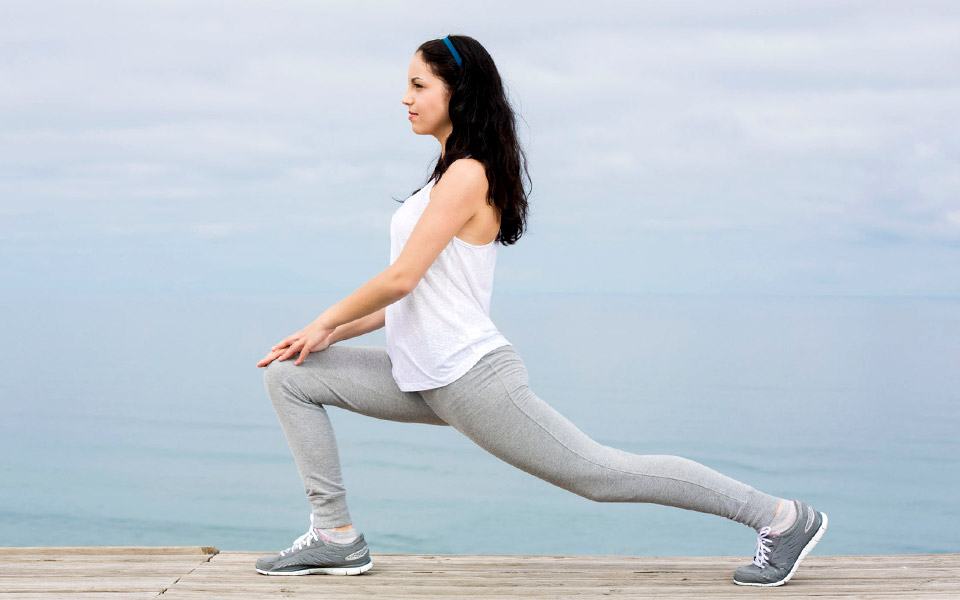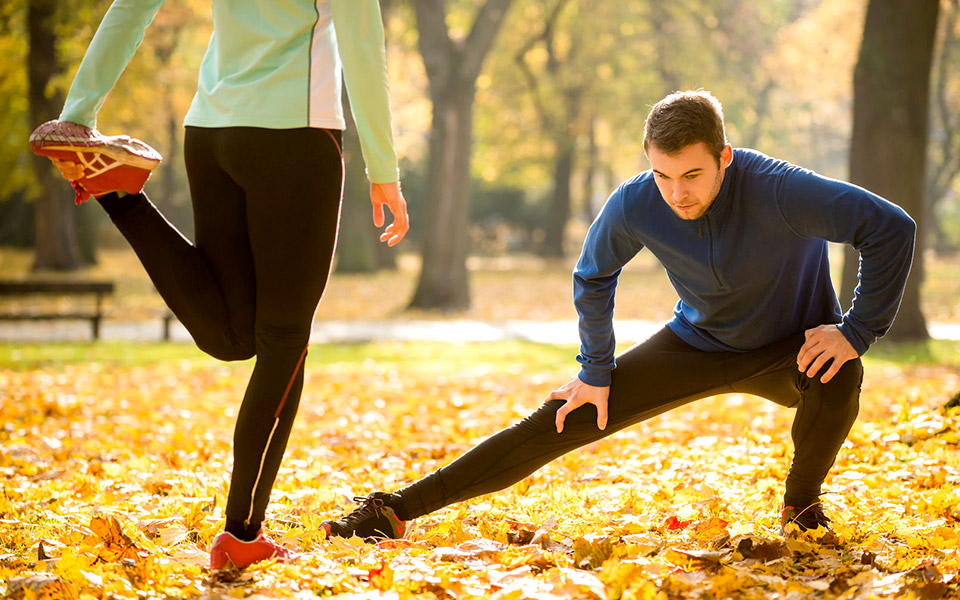Stretching regularly will help you to maintain flexible joints while improving your overall health and fitness ability. While stretching may not seem very difficult, it can actually cause more harm than good if you do not follow the proper rules and techniques when it comes to various types of stretches. In fact, fitness expert Jillian Michaels suggests that you should not stretch before working out like many believe that they should. Instead, stretching should be done post-workout in order to promote healing from the workout routine. By taking advantage of these helpful tips and tricks, you’ll be well on your way to perfecting your stretching for the best possible results.
The Importance of Stretching
Stretching regularly is actually just as important as exercising. While many individuals tend to neglect this part of their fitness routine because they feel that it is not helpful, it can make a huge impact on your fitness results. One of the main benefits that stretching offers is that it helps to improve your overall flexibility. This gives your body a larger range of motion so that you are able to complete a wide variety of exercises with ease. Stretching also helps to correct your posture. When you stretch, tight muscles that have been pulled away from their proper positions will become lengthened. In addition, it also increases the blood supply and nutrients within the muscles to reduce and even eliminate soreness that you may be experiencing.
Not only is stretching important for your body, but also offers many benefits for your mind. Stretching can be extremely relaxing for many individuals. By stretching for only 10 to 15min at a time, you will have the chance to unwind and recharge. Specialty stretching routines such as Pilates and Yoga are specifically designed to help you reduce tension from both your mind and your body.

Types of Proper Stretching Techniques
It is important to ensure that you are taking advantage of proper stretching techniques in order to reap all of the benefits that stretching offers. There are four different types of stretching techniques known as static stretching, PNF, dynamic stretching and ballistic stretching.
- In static stretching, the muscle is stretched slowly and is then held in that position for several seconds. This gives the muscle the ability to relax so that you are able to lengthen it. This is one of the most commonly practiced stretching techniques.
- PNF stretching, or proprioceptive neuromuscular facilitation stretching is typically a longer type of stretching routine and is completed with the help of a second individual. With this technique, your partner will help you to contract and relax your muscles.
- Dynamic stretching is common for athletes to perform. This stretching technique is considered to be a more “fun” way for teenagers and young adults to work on their flexibility. Dynamic stretching is done for more than just a few seconds at a time without stopping the motion. Some stretching examples include leg swing walks and carioca.
- Ballistic stretching has its advantages, but is not recommended for improving your flexibility. This technique incorporates bouncing movements that force muscles to lengthen. However, ligaments could be stretched too far if your movements are not controlled and proper techniques are not used.
Stretching Do’s
When it comes to stretching, there are some general guidelines that you should follow. Some of the most important stretching do’s include staying hydrated so that you are able to reach your peak performance level, remembering to breathe slowly so that oxygen reaches your muscles, stretching evenly and maintaining good posture so that you do not experience any stretching-related injuries. Other do’s that you should take advantage of include:
- Control the muscles that you are stretching. For example, if you are stretching your hamstring muscles, you will want to target the belly of the muscle as you are plantar-flexing your ankle. Controlling the muscle area that you are targeting ensures that the proper muscle is being stretched correctly.
- Scan your entire body for tight muscles and stretch then target these specific areas. You should always stretch your tight muscles first, as these can play a part in limiting your full range of motion and ability to complete other exercises. While warming up, slow and general movements can be used to scan for tight muscle areas.
- Stretch after a workout routine. Stretching after working out is most effective for releasing tension that has built up during the workout. It also helps to improve circulation for optimal recovery after exercise.
- There are debates whether static stretching should be done before a workout or whether it can prevent injury or improve performance. Some experts recommend dynamic stretching before your workout such as walking lunges, butt kicks, pike stretch, hacky sack and toy soldier. These moves prepare your muscles that you are going to use for the run and warm you up sooner for a more efficient run.

Stretching Dont’s
In addition to things that you should do while stretching, there are also some things that you should not do in order to prevent risk of injury. Here are some of the most important stretching “dont’s”.
- Never bounce while stretching for flexibility. Bouncing can put a lot of stress on your joints and muscles which can cause harm rather than stretching your muscles.
- Don’t overstretch. Intense stretches should not be held for more than 15 seconds due to muscle hypoxia. Muscle hypoxia is when there is a lack of oxygen to the muscles. This can decrease your strength and cause inflexibility.
- Don’t stretch right after waking up. Wait at least one hour to stretch after waking up in the morning. This is because the spine swells with fluid while sleeping which can cause injuries by stretching in the morning.
- Do not stretch to the point that you feel pain or a sensation that is sharp. The stretch should give you the feeling of slight discomfort in the muscle and should be done slowly and gradually.
Are you in search of the very best results from your exercise routine? Always ensure proper stretching techniques to eliminate the risk of injury, to improve your flexibility and to improve your overall health.
Do you think stretching should be done before or after a run? Or do you think stretching isn’t necessary? Let us know your thoughts!





